Apple will no longer include a default WebObjects deployment in the upcoming Mac OS X 10.6 Server, even though it has been included by default since 10.4 launched over four years ago. However, developers argue that it's actually a good thing for the Java-based Web application framework—not a death knell.
WebObjects is a Cocoa-like framework for building Web applications deployed using Java, originally developed by NeXT in the mid-90s. Apple inherited the technology when it bought NeXT in 1997, and originally sold licenses for a whopping $50,000—though it later dropped the price to $699 with the release of Mac OS X. Ever since Tiger, it has synced new releases of the WebObjects frameworks with OS releases and new versions of the Xcode development tools, and also included a default deployment of the frameworks and necessary server infrastructure on server versions of Mac OS X.
Though nothing official has yet been announced, AppleInsider cites inside sources that say Apple is dropping "deployment support" in Snow Leopard. Apple isn't dropping support so much as decoupling WebObjects from OS releases and Xcode, though. "This is a good thing, as it frees the WebObjects release cycle from Apple's marketing cycle," Chuck Hill, VP of Development for Global Village Consulting, told Ars.
"It also means that server updates will no longer step on WebObjects deployment installations that often vary from what is the latest [Mac OS X] server version," he explained. "Thus using the Software Update function will be much safer," for those deploying on Mac OS X Server.
Further, Mac OS X Server isn't the only deployment environment for WebObjects, since any server capable of serving Java (pretty much all of them) can be used for serving WebObjects applications. "Most of us deploy on OS X, but a good number of developers also deploy on Windows or Linux," said Pascal Robert, owner of the Montreal-based MacTI and member of the WebObjects Community Association Steering Committee.
"Right now, [developers] have to wait for new releases of Xcode and OS X Server to get updates for WebObjects," Robert told Ars. "And let's just say that Xcode releases are not done too often."
Apple itself heavily relies on WebObjects to run its online Apple Store as well as the iTunes Store, the App Store, and its Apple Developers Connection website. It was used to build .Mac, though its replacement, MobileMe, is built heavily on the SproutCore Web application framework. WebObjects still handles authentication for signing in to MobileMe, or anywhere else on Apple's website that relies on your AppleID.
Outside of Apple, though, WebObjects is used for a few high-profile websites, such as Toyota Canada, the Philadelphia Bar Association, and LiveScribe's online store. The reason the framework doesn't get much attention outside of the developer community, though, is that it is used mainly for internal enterprise applications. "I would say 90 percent of usage is for internal apps," said Robert, who conducts an annual survey of WebObjects developers.
"The main problem that WebObjects faces today is the lack of new developers learning WebObjects," Hill told Ars. Though he co-authored a book on intermediate WebObjects development concepts, Hill noted with irony that he is too busy with client projects to finish a book he started writing for beginners.
The recently announced WOWODC East conference is one attempt by the WebObjects Community Association to address this issue. The WOrldwide WebObjects Developers Conference has coincided with WWDC in San Francisco the last couple of years, but the new WOWODC East—happening in Montreal in August—has a track geared specifically towards those new to WebObjects.
Apple's decision to drop a default install of WebOjects is not a sign that the technology is going away, even with its adoption of SproutCore for MobileMe or the popularity of other Web app frameworks like Cappuccino, Django, or Ruby on Rails. "WebObjects is not dying inside or outside of Apple," insisted Hill.
"Apple is actively recruiting new WO developers and hiring Java developers and training them in WebObjects. And my company remains focused on WebObjects development and deployment." Ultimately, Apple's decision to remove the ties between WebObjects on Mac OS X should lead to more frequent updates of the frameworks, and wider deployments on Linux and other platforms.
Source
WebObjects is a Cocoa-like framework for building Web applications deployed using Java, originally developed by NeXT in the mid-90s. Apple inherited the technology when it bought NeXT in 1997, and originally sold licenses for a whopping $50,000—though it later dropped the price to $699 with the release of Mac OS X. Ever since Tiger, it has synced new releases of the WebObjects frameworks with OS releases and new versions of the Xcode development tools, and also included a default deployment of the frameworks and necessary server infrastructure on server versions of Mac OS X.
Though nothing official has yet been announced, AppleInsider cites inside sources that say Apple is dropping "deployment support" in Snow Leopard. Apple isn't dropping support so much as decoupling WebObjects from OS releases and Xcode, though. "This is a good thing, as it frees the WebObjects release cycle from Apple's marketing cycle," Chuck Hill, VP of Development for Global Village Consulting, told Ars.
"It also means that server updates will no longer step on WebObjects deployment installations that often vary from what is the latest [Mac OS X] server version," he explained. "Thus using the Software Update function will be much safer," for those deploying on Mac OS X Server.
Further, Mac OS X Server isn't the only deployment environment for WebObjects, since any server capable of serving Java (pretty much all of them) can be used for serving WebObjects applications. "Most of us deploy on OS X, but a good number of developers also deploy on Windows or Linux," said Pascal Robert, owner of the Montreal-based MacTI and member of the WebObjects Community Association Steering Committee.
"Right now, [developers] have to wait for new releases of Xcode and OS X Server to get updates for WebObjects," Robert told Ars. "And let's just say that Xcode releases are not done too often."
Apple itself heavily relies on WebObjects to run its online Apple Store as well as the iTunes Store, the App Store, and its Apple Developers Connection website. It was used to build .Mac, though its replacement, MobileMe, is built heavily on the SproutCore Web application framework. WebObjects still handles authentication for signing in to MobileMe, or anywhere else on Apple's website that relies on your AppleID.
Outside of Apple, though, WebObjects is used for a few high-profile websites, such as Toyota Canada, the Philadelphia Bar Association, and LiveScribe's online store. The reason the framework doesn't get much attention outside of the developer community, though, is that it is used mainly for internal enterprise applications. "I would say 90 percent of usage is for internal apps," said Robert, who conducts an annual survey of WebObjects developers.
"The main problem that WebObjects faces today is the lack of new developers learning WebObjects," Hill told Ars. Though he co-authored a book on intermediate WebObjects development concepts, Hill noted with irony that he is too busy with client projects to finish a book he started writing for beginners.
The recently announced WOWODC East conference is one attempt by the WebObjects Community Association to address this issue. The WOrldwide WebObjects Developers Conference has coincided with WWDC in San Francisco the last couple of years, but the new WOWODC East—happening in Montreal in August—has a track geared specifically towards those new to WebObjects.
Apple's decision to drop a default install of WebOjects is not a sign that the technology is going away, even with its adoption of SproutCore for MobileMe or the popularity of other Web app frameworks like Cappuccino, Django, or Ruby on Rails. "WebObjects is not dying inside or outside of Apple," insisted Hill.
"Apple is actively recruiting new WO developers and hiring Java developers and training them in WebObjects. And my company remains focused on WebObjects development and deployment." Ultimately, Apple's decision to remove the ties between WebObjects on Mac OS X should lead to more frequent updates of the frameworks, and wider deployments on Linux and other platforms.
Source






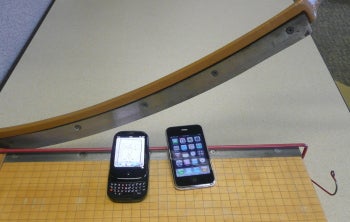
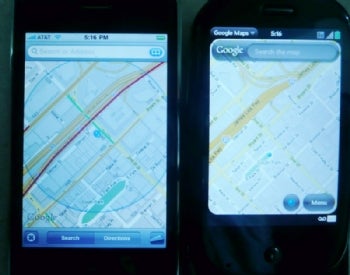
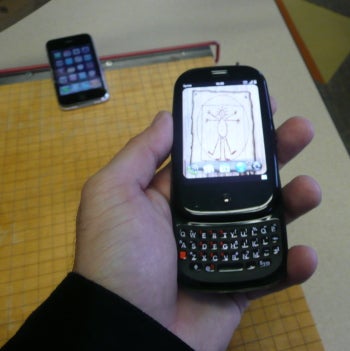



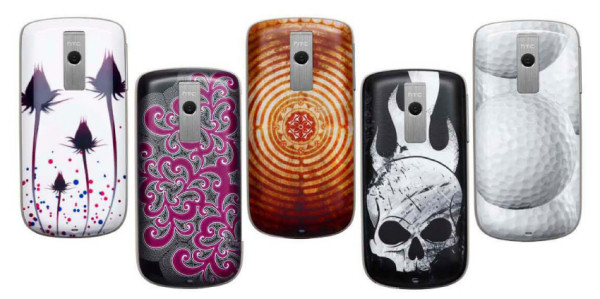
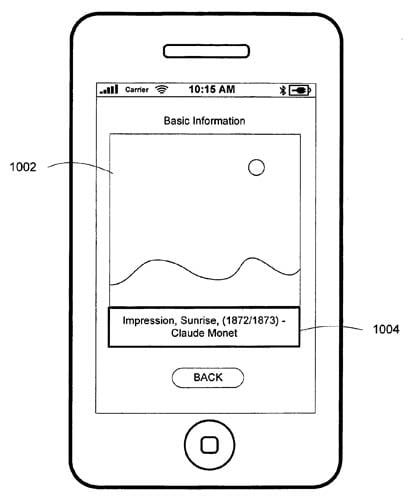 Claude Monet at his most minimalist, captured and ID-ed by your iPhone
Claude Monet at his most minimalist, captured and ID-ed by your iPhone
